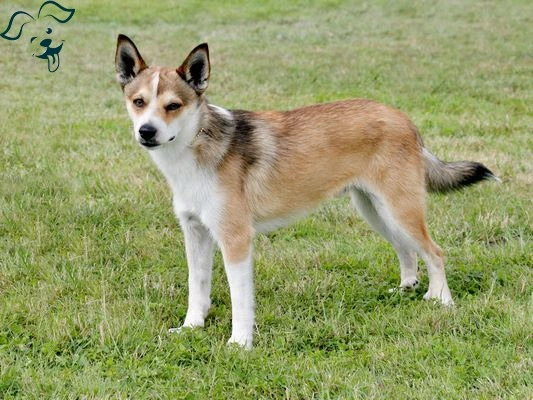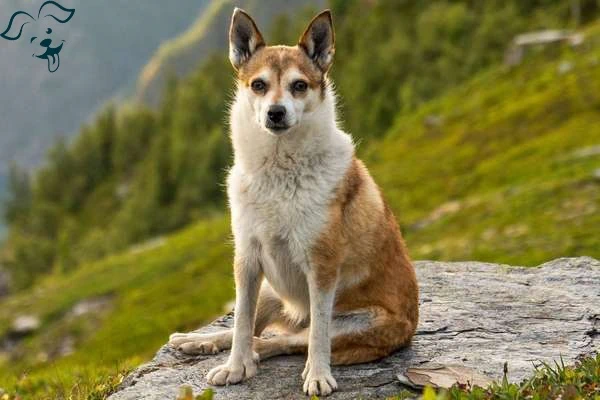CARING WITH FAMILY
|
| Assessing the level of affection a breed is likely to exhibit towards family members and familiar individuals. Some breeds may display aloofness towards everyone except their owner, while others readily treat anyone they know as their closest friend. |
LOVE WITH CHILDREN
Unwise
Good With Children
|
| Considering a breed's level of tolerance and patience towards children's behavior, as well as their overall family-friendly nature. It is crucial to emphasize that dogs should always be supervised when interacting with young children or children of any age who have limited exposure to dogs. |
BEHAVIOR WITH DOGS
Unwise
Good With Other Dogs
|
| Evaluating the overall friendliness a breed typically demonstrates towards other dogs. While it is important to supervise and carefully introduce dogs to one another certain breeds have a higher inclination to get along well with other dogs whether it be in a home environment or in public settings. |
SHEDDING LEVELS & MANAGEMENT
No Shedding
Hair Everywhere
|
| Assessing the amount of fur and hair a breed is prone to shedding. Breeds that shed heavily will typically require more frequent brushing can potentially trigger allergies for some individuals and necessitate more regular vacuuming and lint-rolling to manage loose fur. |
COAT GROOMING STANDARDS
|
| Considering the grooming needs of a breed, including bathing, brushing, trimming, and other types of coat maintenance. It is important to factor in the time, patience and budget you have available for these grooming tasks when considering a breed. Additionally, regular nail trimming is necessary for all breeds. |
DROOLING INTENSITY
Less Likely to Drool
Always Have a Towel
|
| Assessing a breed's tendency to drool. If you prefer cleanliness and are averse to dogs that leave noticeable drool on your arm or create large wet spots on your clothes it may be important to consider breeds that are less prone to excessive drooling. |
COAT STYLES GUIDE |
| Double |
| COAT SPECTRUM |
| Short |
FRIENDLINESS
Reserved
Everyone Is My Best Friend
|
| Evaluating a breed's tendency to be welcoming towards strangers. Some breeds may exhibit reserved or cautious behavior around unfamiliar individuals regardless of the setting, while others may readily greet and show enthusiasm towards new humans whenever they encounter them. |
LIVELINESS
Only When You Want To Play
Non-Stop
|
| Assessing a breed's enthusiasm for play even beyond the puppyhood stage. Some breeds will maintain a strong desire to engage in play activities such as tug-of-war or fetch well into their adult years. On the other hand, certain breeds may be content with relaxing on the couch with you most of the time and have a lower inclination towards active play as adults. |
VIGILANCE INTENSITY
What's Mine Is Yours
Vigilant
|
| Considering a breed's tendency to alert you of the presence of strangers. Certain breeds are more vigilant and prone to reacting to potential threats such as the arrival of the mailman or the sighting of a squirrel outside the window. These breeds are likely to warm up to strangers who enter the house and are accepted by their family. |
ADAPTATION CAPACITY
Lives For Routine
Highly Adaptable
|
| Considering a breed's adaptability to change, encompassing various factors such as alterations in living conditions, noise levels, weather, daily schedule and other variations in day-to-day life. Some breeds may easily adjust to changes and thrive in different environments, while others may be more sensitive or resistant to change and prefer a stable, predictable routine. |
OBEDIENCE LEVEL
Self-Willed
Eager to Please
|
| Evaluating the trainability of a breed and their willingness to learn new things. Some breeds are generally easy to train and motivated to please their owner making them eager learners. Conversely, certain breeds may have a more independent or stubborn nature, preferring to do things on their terms, when and where they want which can make training more challenging. |
STAMINA LEVEL
|
| Considering the exercise and mental stimulation needs of a breed. High-energy breeds typically require ample exercise and mental engagement as they are eager for physical activities, running, jumping and playing throughout the day. On the other hand, low-energy breeds are generally content with more relaxed activities and are comfortable spending their time laying around and snoozing. Understanding a breed's energy level is crucial in providing the appropriate amount of exercise and mental stimulation to keep them happy and healthy. |
VOCALIZATION
|
| Medium |
LEARNING CURIOSITY LEVEL
Happy to Lounge
Needs a Job or Activity
|
| Considering the necessary mental stimulation for a breed to maintain their happiness and overall health. Purpose-bred dogs, in particular may require mental challenges that involve decision-making, problem-solving, concentration and other cognitive qualities. Without proper mental exercise these dogs may find ways to occupy their minds often resulting in activities that may not be desirable or suitable for their environment. Providing appropriate mental stimulation is crucial to prevent boredom and the potential development of problematic behaviors. |
| COLORS |
|
Description
|
Registration Code
|
|
Reddish Brown
|
159
|
|
White
|
199
|
|
Sable & White
|
165
|
|
Fallow
|
540
|
|
Tan
|
195
|
|
| PATTERNS |
|
Description
|
Registration Code
|
|
Black Markings
|
002
|
|
White Markings
|
014
|
|
Black Tips
|
053
|
|
Red Markings
|
023
|
|






























FRIENDLINESS
LIVELINESS
VIGILANCE INTENSITY
ADAPTATION CAPACITY